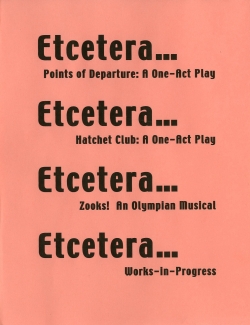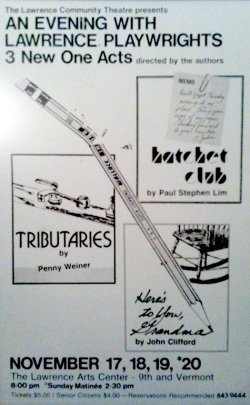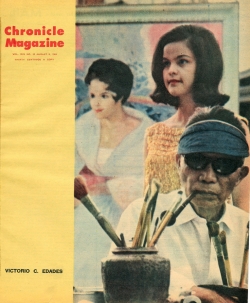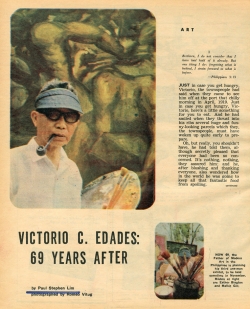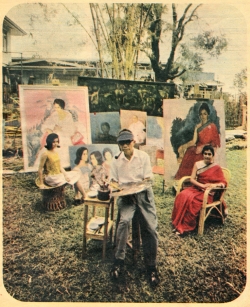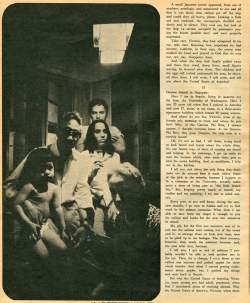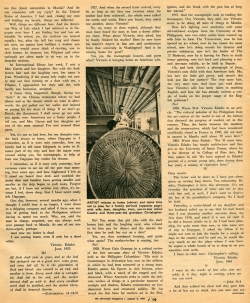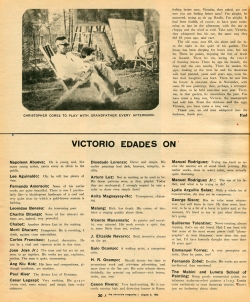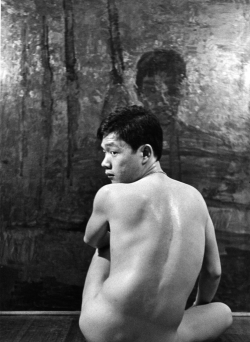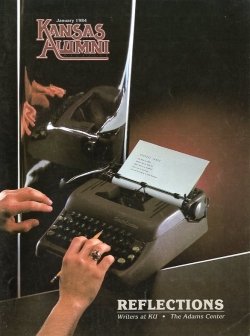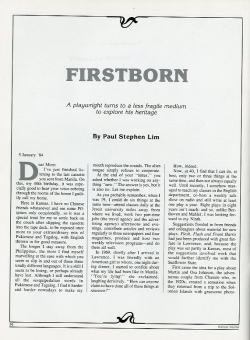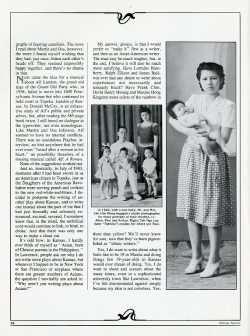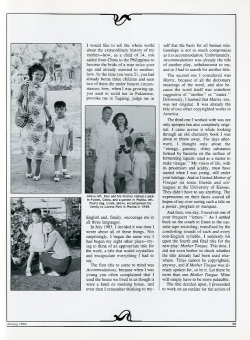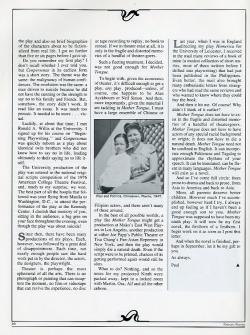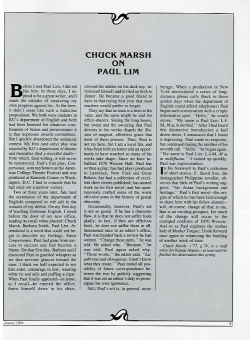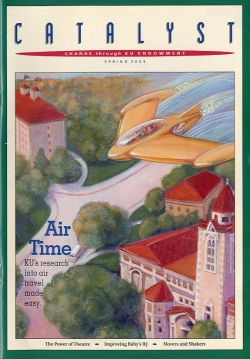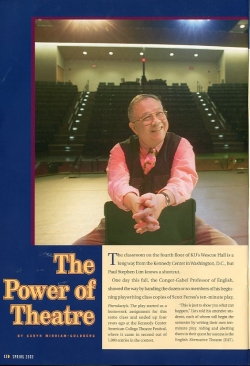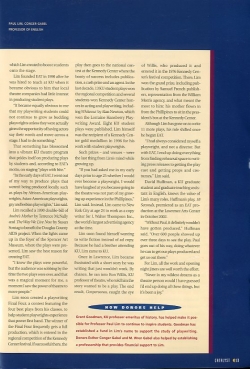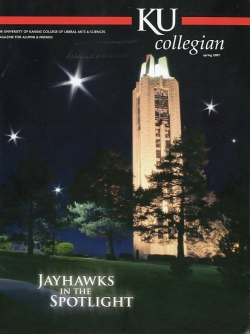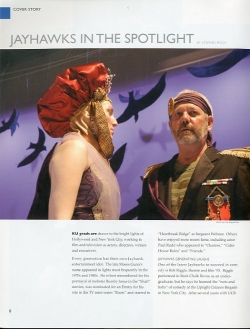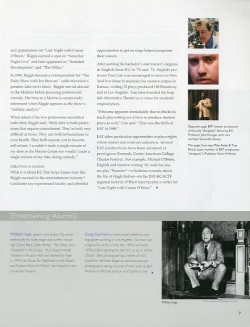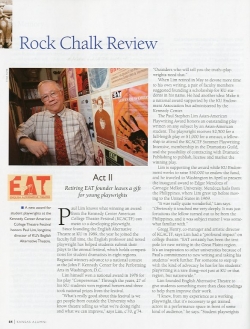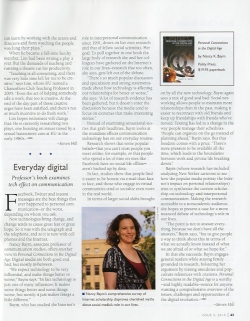Etcetera
Images
Zooks! An Olympian Musical
Requirements: ?F, ?M
Setting: Various locations on Mount Olympus, and occasionally in the world inhabited by mortals.
Plot: We are privy to the caprices and the excesses of the gods (in all possible sexual combinations) on Mount Olympus of yore. And then, in the wink of an eye, it’s the 18th Century, the Age of Enlightenment. The very existence of the gods are in jeopardy because, thanks to Men of Science, Humankind no longer believes in in such “religious nonsense.”
Theme: Is it better to have a world ruled by gods, however unruly these gods might be, or is it better to have a world with no gods whatsoever?
Notes: Although I’ve always enjoyed musicals, I’m not sure what actually moved me to attempt to write the book and lyrics for one in the Spring of 1979. All I remember is that I had an idea for this one, and a young student composer in the School of Music at the University of Kansas had been highly recommended. His name was Steve Rice, and together we wrote 13 or 14 songs for the show. He told me that he liked the music of Stephen Sondheim. I did, too. So I set out to write lyrics which I thought Sondheim might write, and Steve Rice set them to music he thought Sondheim might compose. In what might be pure naivete and/or hubris, we thought we could convince the Theatre Department and the School of Music jointly to produce our musical. With the help of Maribeth Crawford (nee Kirchoff), a faculty member who taught Voice in the School of Music at that time, we gathered a group of very fine singers, went into a recording studio, and recorded all the songs in the show. Then we arranged for a special presentation of the material to members of the faculty who were in charge of selecting the upcoming season. My recollection is that the folks in the School of Music were fairly enthusiastic, but that the people in the Theatre Department were non-commital. Weeks went by and I never heard from them. When the upcoming season was finally announced, ZOOKS! was not among the shows listed, and that was the end of that. Steve Rice graduated shortly after that. I heard that he got married and moved to New York City. I’ve lost all contact with him.
ZOOKS!, the title of the show, is my own shortened version of GADZOOKS, an archaic oath or interjection which, in turn, stood for GOD’S HOOKS, said to be a reference to the nails of the Crucifixion. The exclamation point is, of course, de rigeurfor musicals.
History: Oddly enough, although ZOOKS! was not among the shows listed for the upcoming season, the Theatre Department announced that it was producing an original script by the wife of one of their own faculty members, a woman whom I’ve known for many years and whom I’ve always liked, but whose interest in playwriting came as a total surprise to me. What she wrote was a harmless children’s play about the gods frolicking on Mount Olympus. The only one who felt harmed was me.
Availability: I still have copies of audio tapes of the studio recording of the songs in ZOOKS!, so the lyrics for all the songs can be reconstructed. However, I cannot seem to find a copy of the script and/or book. I’m certain I still have one somewhere among the boxes or in the bookshelves in my house, and I will update this entry as soon as I find one.
Hatchet Club: A One-Act Play
Requirements: 2F, 4M
Setting: The living room of a small apartment in a university town, somewhere in the Midwest. An evening in early April, the present.
Plot: Faculty members in the Department of Religious Studies at a midwestern university take turns hosting meetings in their homes. These meetings are both social and academic in nature. After food and drink, they proceed to critique each other’s research. Hosting the event the evening the play takes place is Christina Jaher, a 33-year-old Assistant Professor who is nervous about the meeting because she has never hosted one, and also because she is the only woman in the department. Helping her with arrangements before the men arrive is Joanna, the daughter of a neighbor, a 15-year-old girl who looks up to Christina. Sadly, nothing goes right at the meeting, and the men tear into Christina’s research mercilessly. Are they sexist? Would they have behaved the same way had the colleague been a man instead of a woman? Hard to say. Later that night, Joanna reappears with disappointments of her own, and the two women share a quiet moment of healing together.
Theme: Wherein lies the roots of sexism against women? Does it go all the way back to Genesis in the Old Testament?
Notes: There was a real Hatchet Club at the University of Kansas, but it was in the History Department, not the Department of Religious Studies. By some strange coincidence, I was actually present at one of their evening meetings, in which the men ripped into the research of one of their female colleagues. I was horrified by the viciousness of their attack, and had no choice but to write this play.
History: The play was produced by the Lawrence Community Theatre, with two other one-acts by Lawrence playwrights, Nov. 17-20, 1983. I directed the play, and two of the four men in cast (John “Jay” Alexander and Ambrose “Amby” Saricks) were actually faculty members at that time in the History Department at the University of Kansas. But I am quite sure that they were not among the men who originally inspired the writing of the play.
Availability: The text of the play was included in Vol. 1 No. 1 of Plays, edited by Cj Stevens (Baton Rouge: Oracle Press, 1985). It’s long out of print. Write me if you’re interested, and I can send you a photocopy of the play.
Points of Departure: A One-Act Play
Requirements: 2F, 2M. All four characters are Filipinos and should be played by Filipinos and/or actors who can “pass” for Filipinos.
Setting: The living room of a small apartment, somewhere in the suburbs of Manila. Late afternoon, the present.
Theme: The role which art plays in a society interested for the most part only in commerce. Also, more obliquely, the symbiotic relationship which exists between the colonizers and the colonized (the termite analogy).
Notes: Back in the mid-1960s in Manila, I was friendly with Jolico Cuadra and his wife Joan, the biracial daughter of Victorio Edades, an artist who had studied painting in the United States in the 1920s, who had married an American woman while he was abroad, and who had returned to the islands to become “The Father of Modern Art in the Philippines.” I wrote a cover story about Edades for The Chronicle Magazine (see illustrations above) which delighted the elderly painter. He took me into his studio and told me that I could have my pick of any one of his recent large paintings on lawanit (a local plywood). I was astonished by his generosity, but quickly selected a painting called “The Oyster Gatherer,” which showed a young native man in the moonlight, submerged up to his chest in dark waters and surrounded by bamboo poles. Edades said it was a good choice, that it was in fact his own favorite among the lot, and so I became the proud owner of an Edades painting.
At that time, I lived with my parents in Manila, in the two-story house which my father had built at 731 Pina Avenue. I had the entire upper floor of the house to myself, two spacious bedrooms with an adjoining bathroom. I propped up the painting against the wall of one of the rooms, intending to get it framed later, and then I left for an extended boat trip to the southern island of Mindanao with Jolico and Joan. Upon my return to Manila, I found the Edades painting missing. According to my mother, shortly after I had left for my summer vacation, she discovered that the plywood which Edades had used for his painting was infested with termites. She said she had told my two younger brothers to get rid of the painting before the termites infested the rest of the house. In their ingenuity, my two younger brothers “treated” the plywood to rid it of termites, and then they cut up the painting, using the wood to build a new roof for the doghouse.
My mother never understood my anger and horror over this incident. She sat stone-faced through a production of the play in Los Angeles in the late 70s, and smiled benignly at the opening night cast party for the show, not knowing that I had told the cast and crew the truth about the events of the play. It was not until years later, after Edades had been named a “National Artist” by Imelda Marcos, and I told my mother what the painting might be worth now, had it not been destroyed, that she finally seemed to regret the fate of “The Oyster Gatherer.” When Edades called and tried to borrow the painting for a retrospective of his work at the Cultural Center of the Philippines, I could not tell him what happened. I was afraid it would break his heart, and so I lied and said that the painting was not immediately accessible because it was “in our summer home up North, in Baguio.” We’ve never had a summer home in Baguio. Shortly after that, when Edades died, I brought up the subject of the painting yet again with my mother, telling her that it’s now probably doubled, tripled, quadrupled in value. Art is of no consequence to her, but Money she understands.
History: The play was produced by East West Players in Los Angeles, on a double-bill with a one-act play by another Asian-American playwright, Oct. 1977-March 1978. Mako directed, and Alberto Isaac played the lead. It was a good production. I flew out for the last week of rehearsals, and attended the opening night festivities with my mother and my sister Debbie, who happened by some strange coincidence to be in Los Angeles at the time. The play was subsequently produced by the Asian American Theatre Workshop in San Francisco, Mar. 16-Apr. 29, 1979. That one was directed by Rodney Kageyama. I frequently tell my playwriting students that I never thought it would be possible for a director and the actors in a play to consistently misread every single line in the play, until I attended the opening night performance of POINTS OF DEPARTUREin San Francisco. The experience was excruciating. I wasn’t terribly surprised when one of the reviewers said that the play was so bad, he wouldn’t even tell his readers who wrote it, and then proceeded gleefully to rip to pieces both the play and the production.
Availability: Excerpts of the play were published in Bridge: An Asian American Perspective (New York: Summer issue, 1977). If anyone is interested, I will be happy to provide photocopies of the play in its entirety.


